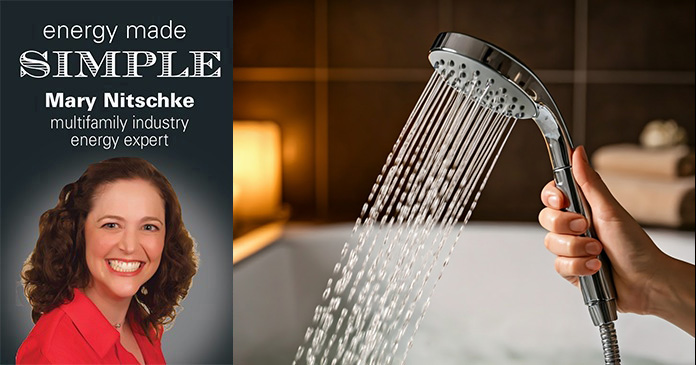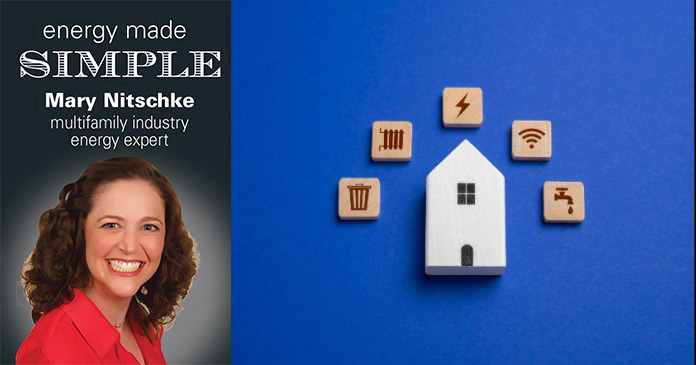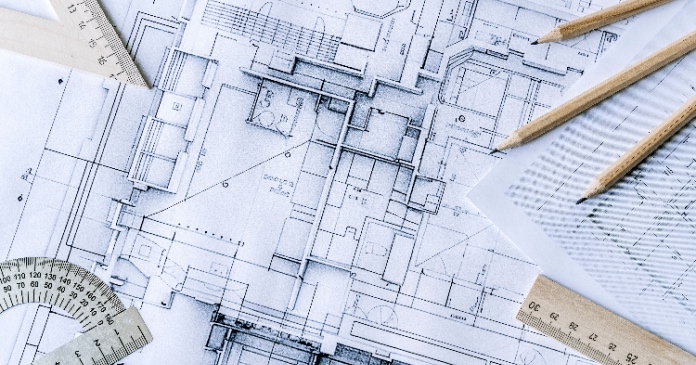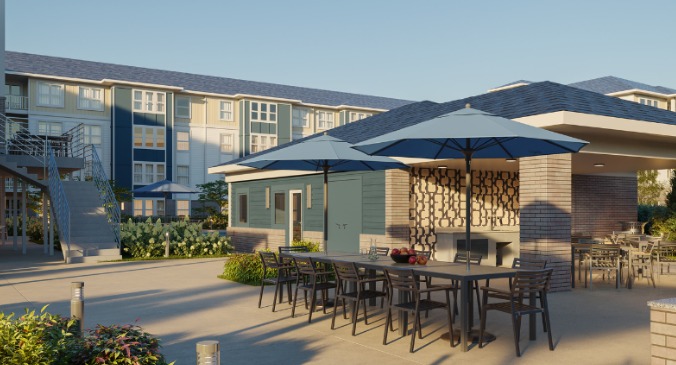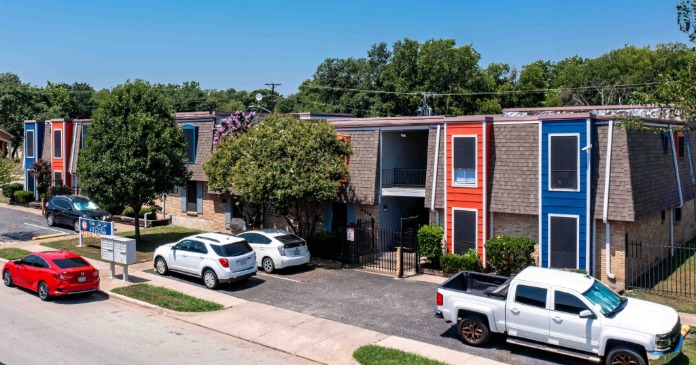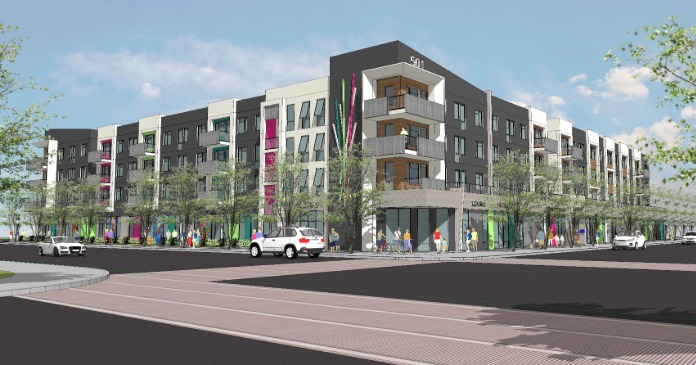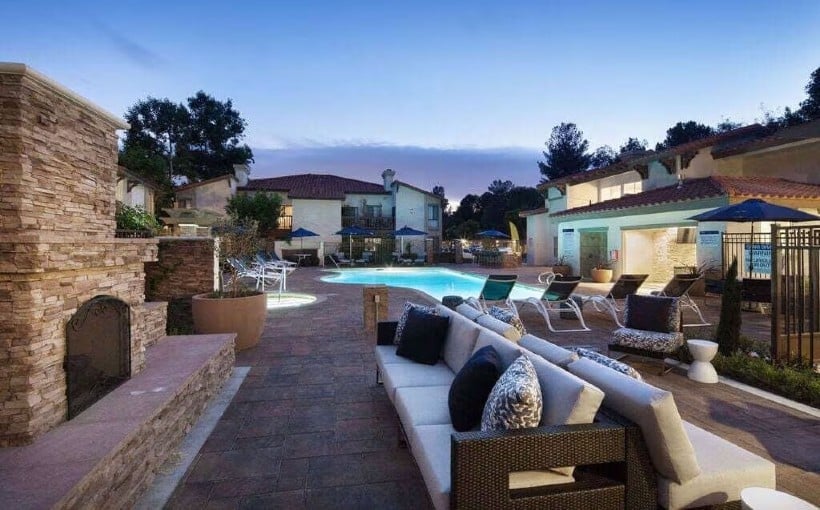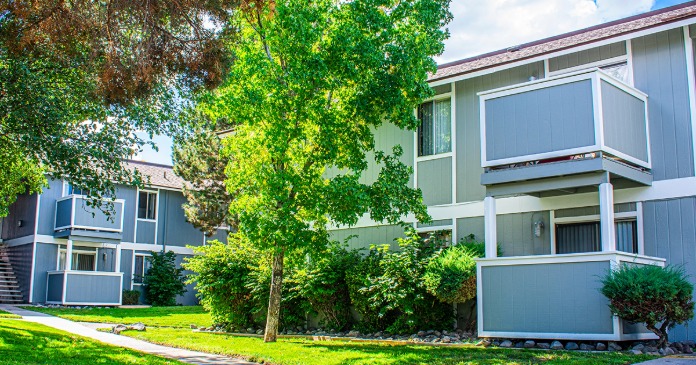Early in my career I got very proficient at capturing rebates and free equipment for reducing energy usage. “I love FREE STUFF!” I used to chant. Surprising to most people was my focus on low flow shower heads when reducing energy costs at a property. Equally surprising to people was that many of the rebates that I captured for low flow shower heads were provided by the energy supplier in that jurisdiction, not the water provider. While electricity for lighting and gas for heating spaces are obvious expenses, there is another significant energy consumer often hiding in plain sight: water heating. Reducing hot water consumption is not just about lowering the water bill; it is one of the most effective ways to cut energy costs and boost your building’s sustainability profile.
Math is fun (if you like that sort of thing). Let us start with the averages. The average shower is 10 minutes and the average occupancy per unit is 1.69 people. Most people shower daily. A ten-minute shower with a 2 gpm (gallon per minute) shower head uses about 0.5 therm of gas. That means that on a per apartment unit basis your building uses 308 therms of gas each year for showering. For a 200-unit property, this means about 61,685 therms of natural gas are consumed for showering annually. By installing a 1.5 gpm shower head, you save 15,421 therms of natural gas per year. Although the average price per therm of natural gas varies based on supply, location and season, on average the cost is $0.95 per therm. This means that a 200-unit property can save $14,650 annually!
In my experience with showerheads, most people cannot tell the difference in water pressure when converting from a 2.0 gpm showerhead to a 1.5 gpm. This means you save money without any behavior changes by your residents. Additionally, “I like Free STUFF!” should be your battle cry. Do not just check with your water supplier when exploring the possibility of free shower heads; check with your energy provider as they may have better options for you. When approaching the retrofit, I have found it incredibly helpful to convert the showerheads in your required onsite team’s units about two weeks before you send out notifications to your residents regarding the retrofit. That way your site team can speak to your residents from their personal experience with the showerheads to assuage any concerns and reduce fears of poor performance.


